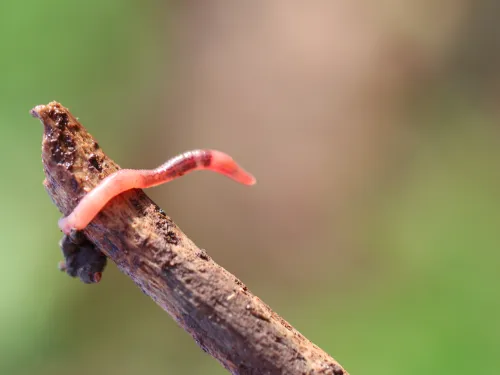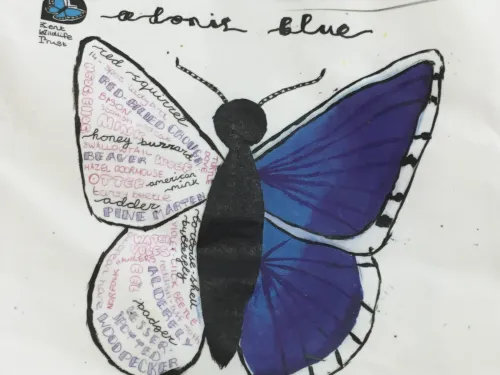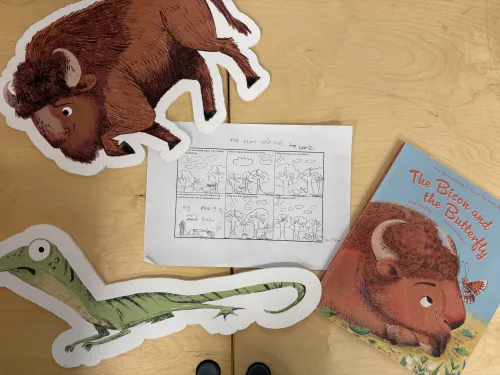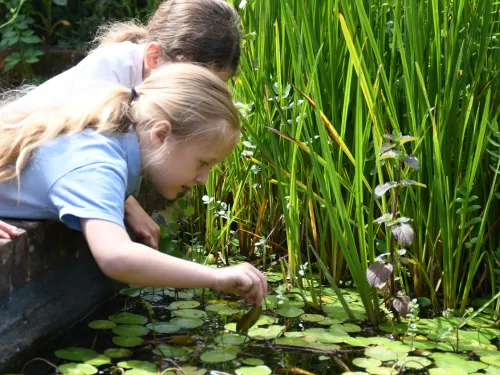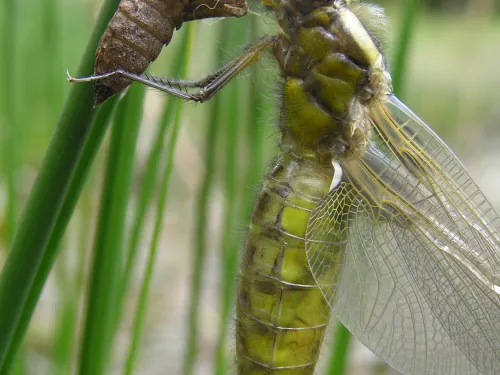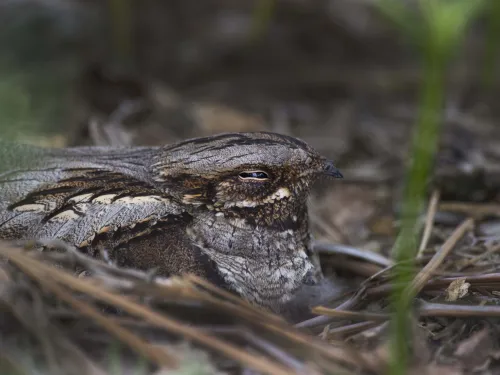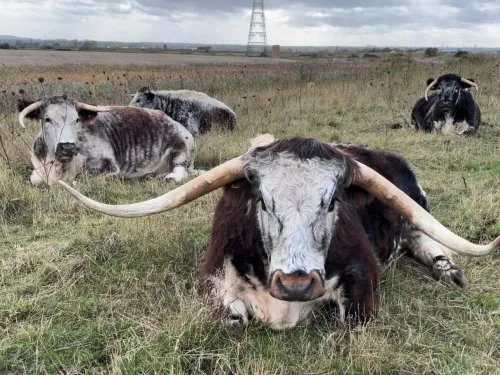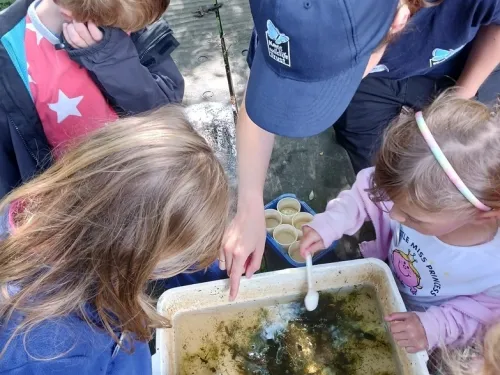
What is Wilder Education?
Our Education Manager explores the full range of Wilder Education experiences offered by Kent Wildlife Trust - from Nature Tots and Forest School to school visits, holiday clubs and birthday parties. Find out how we’re connecting children and young people with nature, and why your support is vital to keep it going.

